-
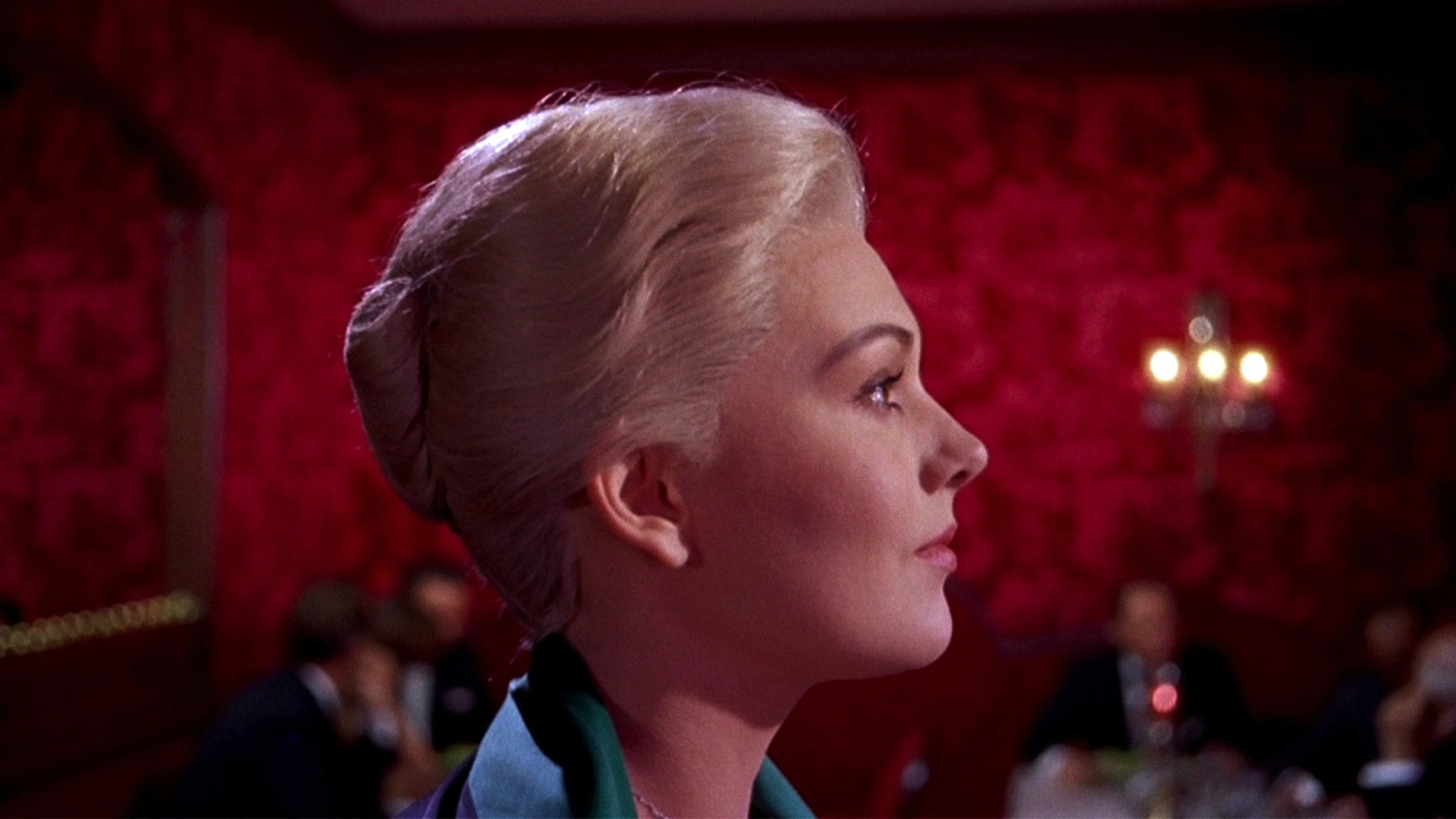
The Best Films of the 1950s Decade
The greatest films of the 1950s, from the classic Hollywood musicals to Japan’s Golden Age of cinema.
-
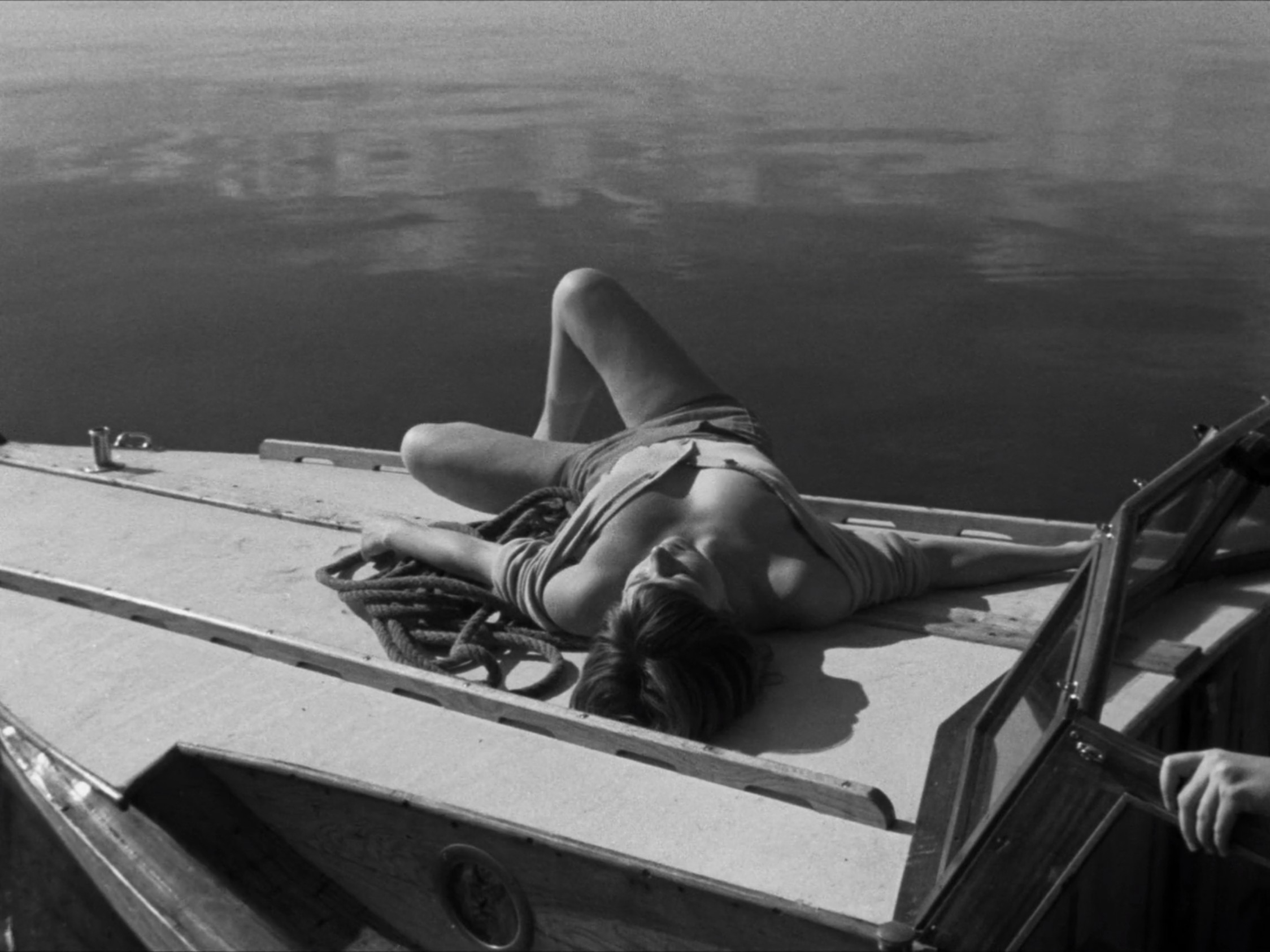
Summer with Monika (1953)
Ingmar Bergman guarantees the loss of youthful innocence in Summer with Monika as sure as seasonal changes, contrasting the light nostalgia of a gleeful escape against the demoralising fatigue of contrived, urban living by studying the expressive contours of his young lovers’ faces, poignantly recognising what modern society has so cruelly stolen from them.
-
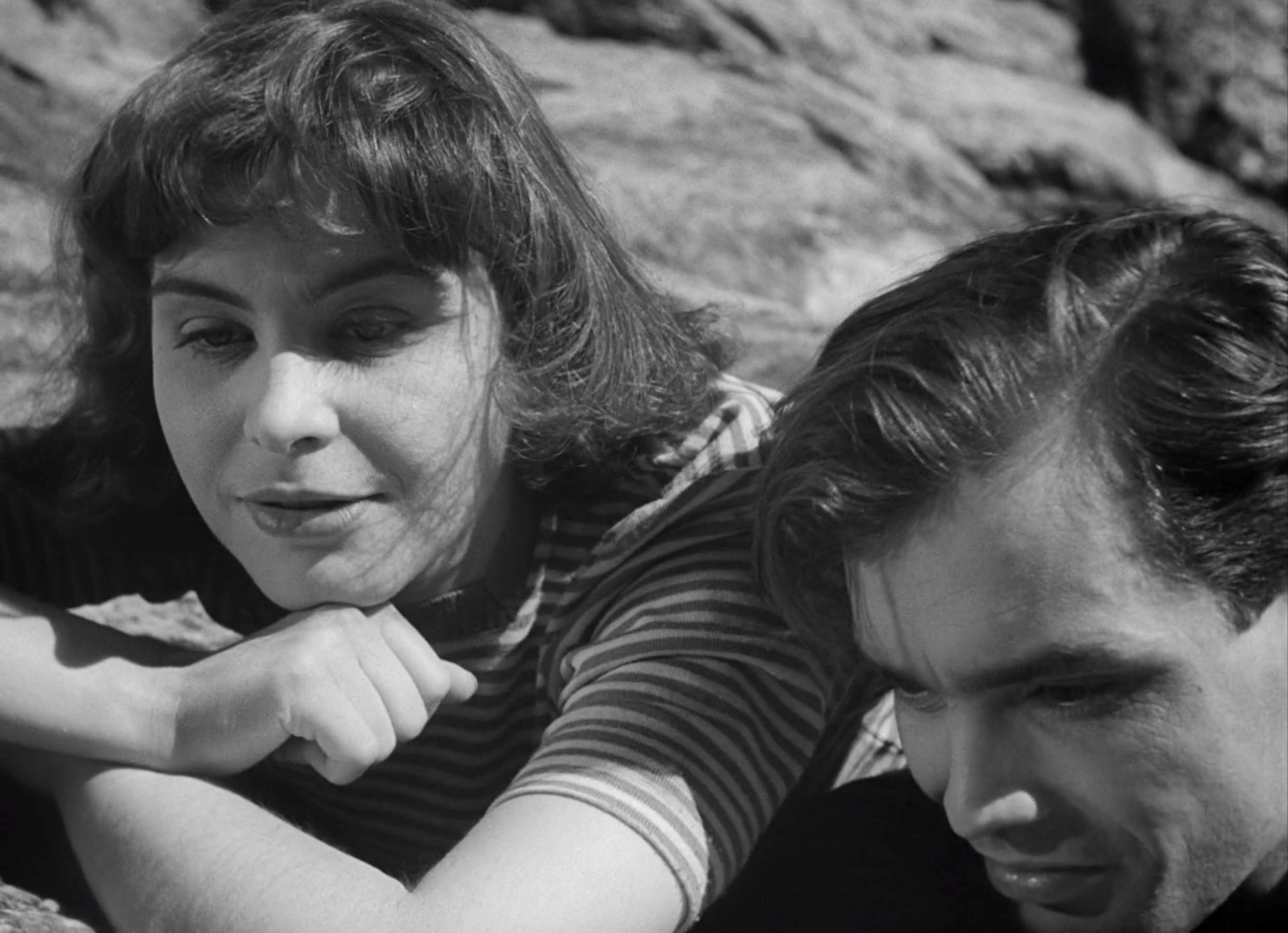
Summer Interlude (1951)
Marie and Henrik aren’t the first lovers in an Ingmar Bergman film to be brutally torn apart, but they are first to be developed with such visual splendour and warmth, as Summer Interlude dreamily calls back to those nostalgic, youthful vacations that seemed to go on forever, flourishing in the tiny tensions and pleasures of…
-
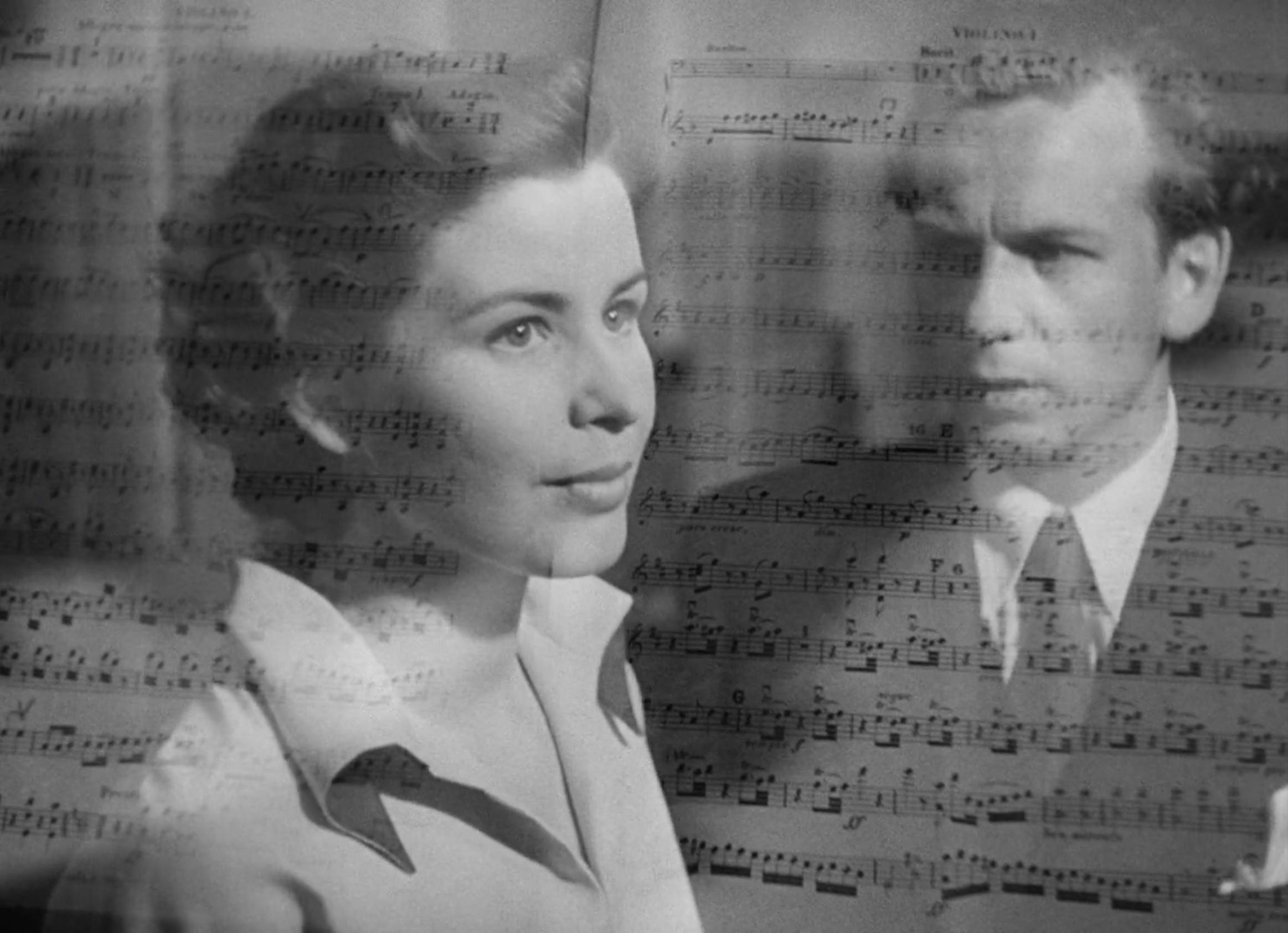
To Joy (1950)
Ingmar Bergman’s tribute to artistic expressions that speak directly to the human soul resonate loudly all through To Joy’s visual and musical orchestrations, each one harmonising to pinpoint the intersection of love, tragedy, and wistful longing shared by two married violinists and their perfectionistic, fatherly conductor.
-
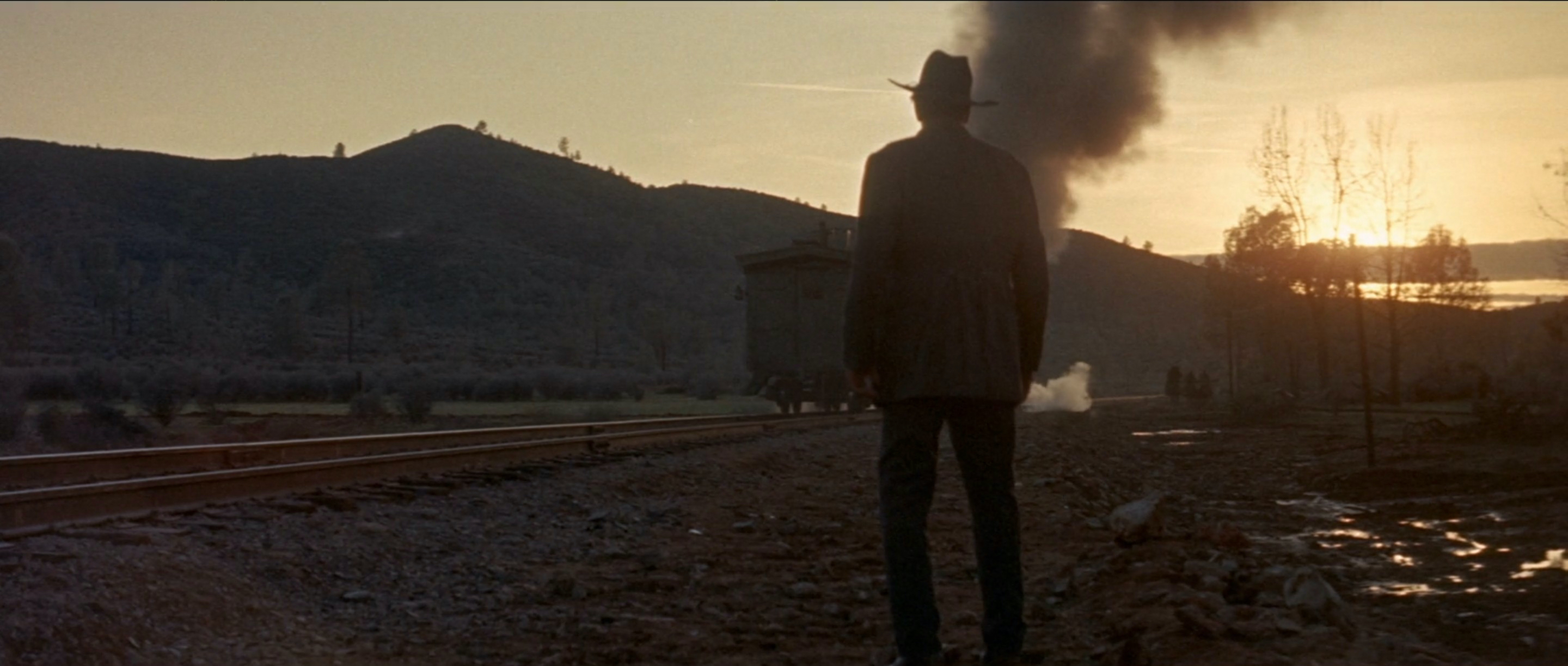
Man of the West (1958)
The confrontation of one reformed outlaw with the shameful vestiges of his old life unfolds with a remarkably cynical disposition in Man of the West, as Anthony Mann’s widescreen, dusty landscapes and meticulous blocking presage the Spaghetti Westerns of Sergio Leone by several years, driving these brilliant character compositions with a sense of overbearing guilt…
-
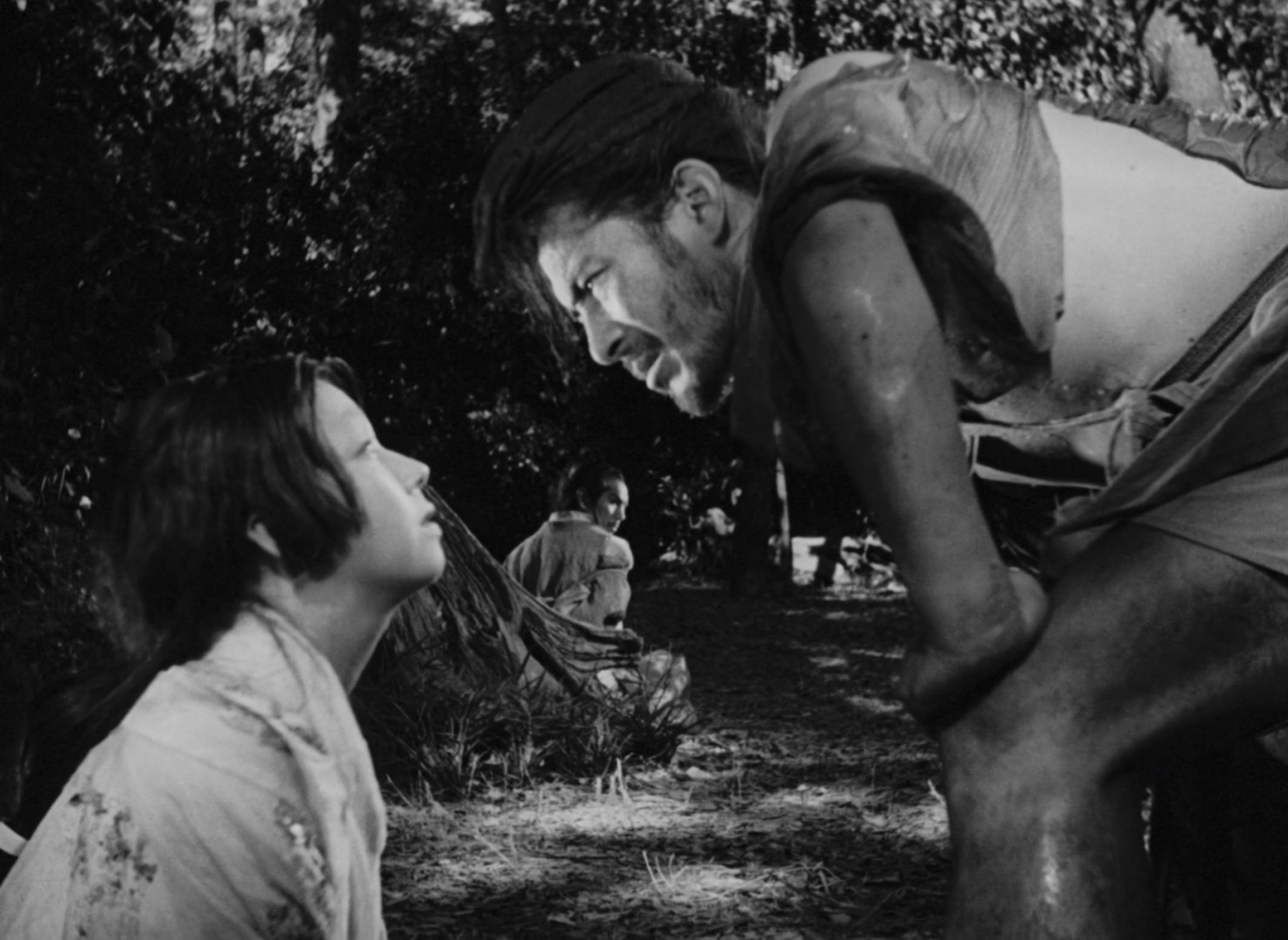
Rashomon (1950)
It is only with as daring a narrative structure as the one which Akira Kurosawa builds in Rashomon that its ruminations on subjectivity, truth, and storytelling find such peaceful resolve in a nihilistic world, as he skilfully navigates the conflicting perspectives of a single murder in classical Japan through dextrous, perspective-shifting camerawork and blocking.
-
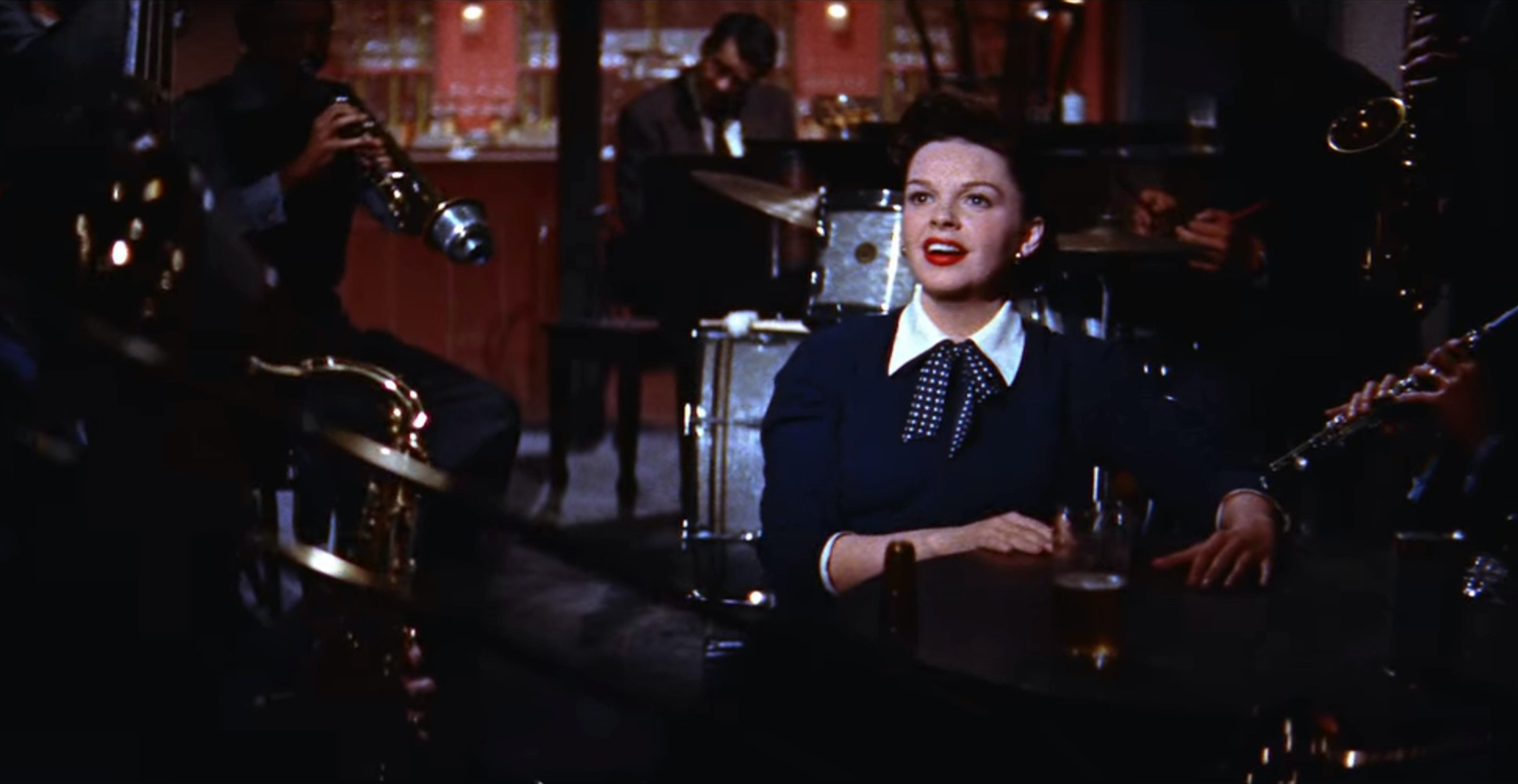
A Star is Born (1954)
With its light romance and dark tragedy moving along inverse trajectories, the archetypal narrative of A Star is Born may be the closest thing Hollywood has to a modern fairy tale, and it is in the precise balance of both that George Cukor’s vibrant take on it stirringly paints out the brief life cycle of…
-
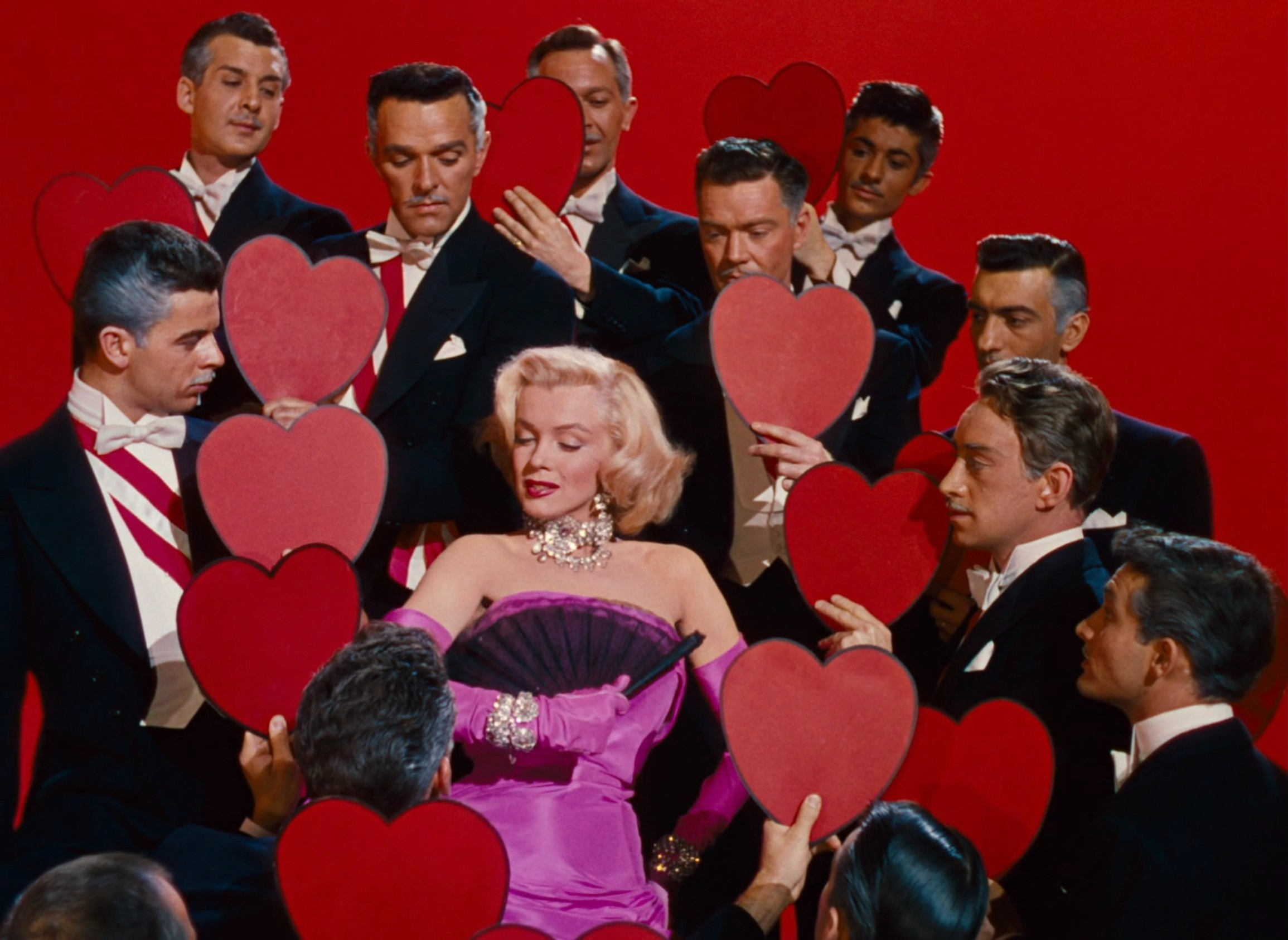
Gentlemen Prefer Blondes (1953)
There are few Golden Age Hollywood directors as willing to embrace the comical leading power of his female stars as Howard Hawks, but it is through Marilyn Monroe’s powerfully mesmeric screen presence carrying vibrant musical numbers and hilarious visual gags that Gentlemen Prefer Blondes becomes all the more flamboyantly intoxicating.
-
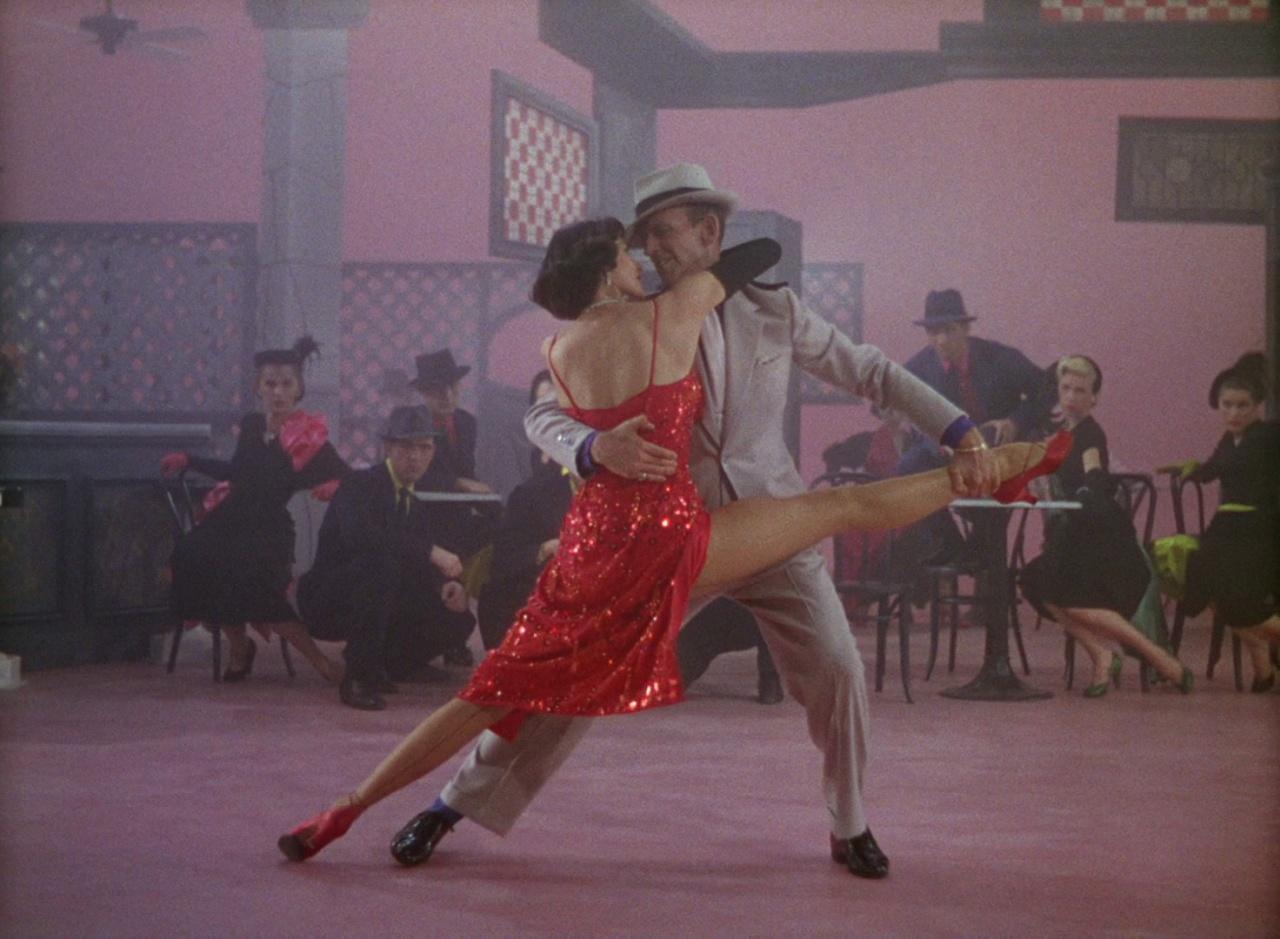
The Band Wagon (1953)
In bringing narrative tension to a classic Broadway revue of disconnected musical numbers, The Band Wagon lands as a boisterous examination of failure and success in the entertainment industry, rolling along with zeal while Vincente Minnelli’s exhilarating camerawork brings propulsive dimensions to that which unfolds onstage.
-

Shane (1953)
The looming Wyoming mountains form a majestic backdrop to George Stevens’ story of Western ranchers, gunmen, and sensitive melodrama in Shane, its vast landscapes containing a masterfully staged exploration of a modern America’s dwindling need for classical action heroes in favour of a new, civilised society of stability and prosperity.
-
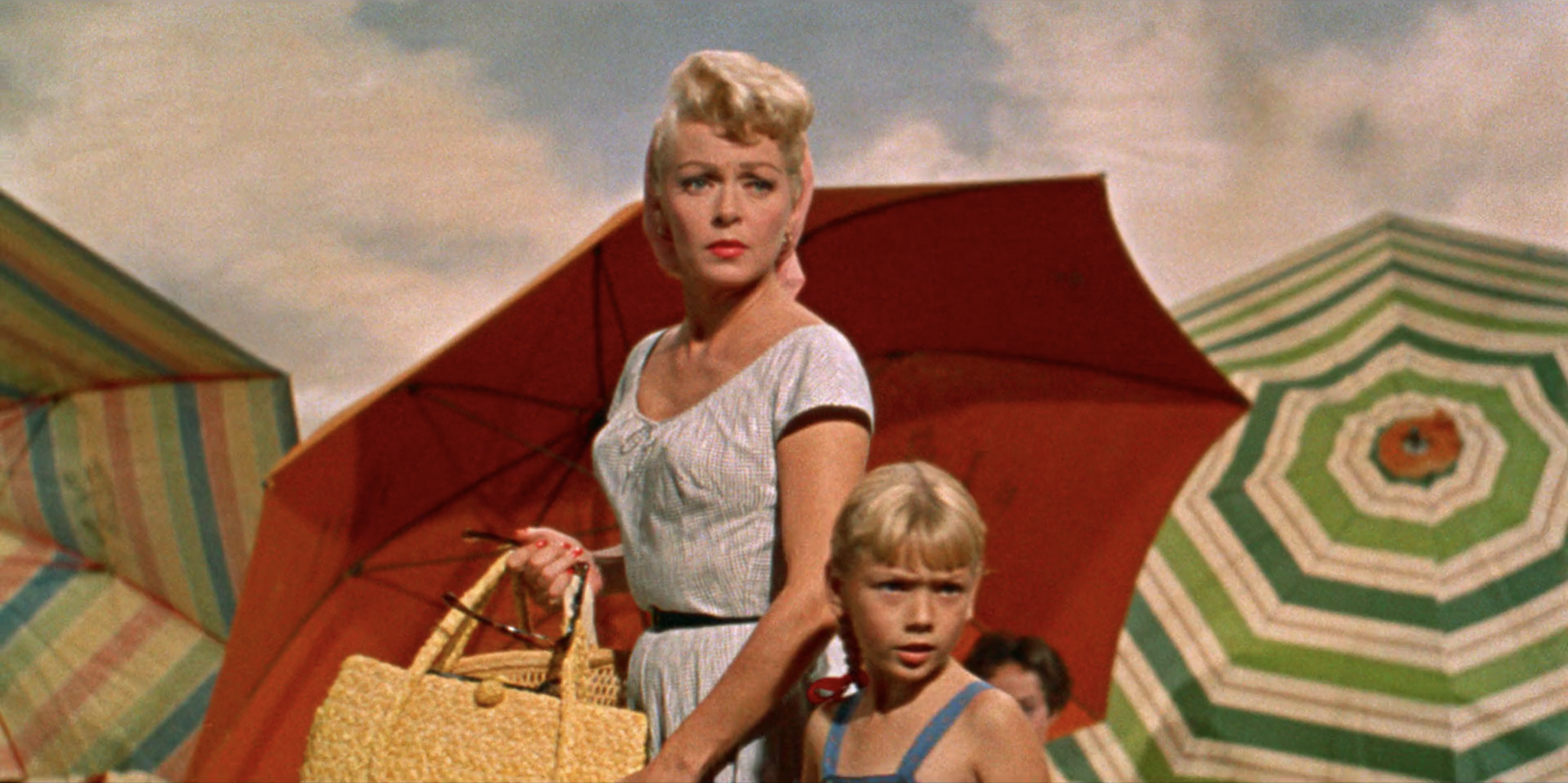
Imitation of Life (1959)
It is an unusual family portrait that Douglas Sirk paints in Imitation of Life, foregrounding two pairs of single mothers and daughters struggling against the 1950s American patriarchy, racial prejudices, and each other, their expressive sensitivities flourishing to form delicate cinematic paintings of privilege and social adversity.

